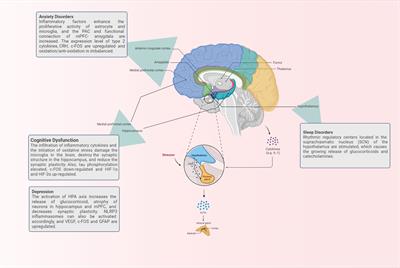ORIGINAL RESEARCH
Published on 16 Aug 2024
Innate immunity in peripheral tissues is differentially impaired under normal and endotoxic conditions in aging
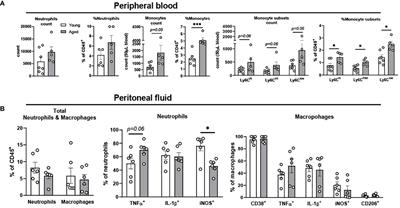
doi 10.3389/fimmu.2024.1357444
- 1,612 views
9,234
Total downloads
26k
Total views and downloads
ORIGINAL RESEARCH
Published on 16 Aug 2024

ORIGINAL RESEARCH
Published on 22 Jul 2024

MINI REVIEW
Published on 11 Apr 2024
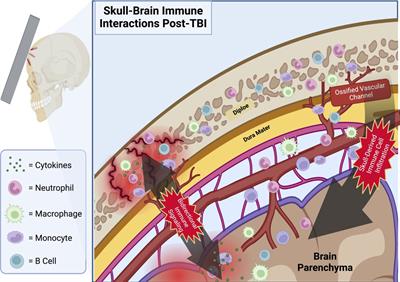
ORIGINAL RESEARCH
Published on 27 Mar 2024
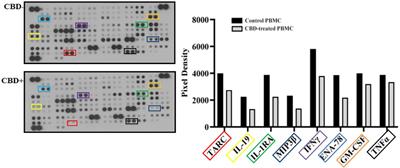
CASE REPORT
Published on 26 Feb 2024
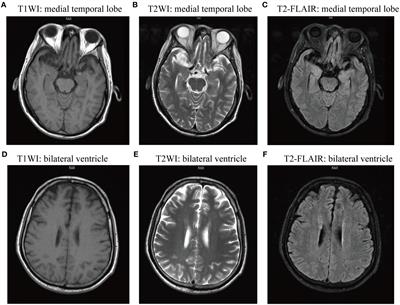
ORIGINAL RESEARCH
Published on 23 Feb 2024
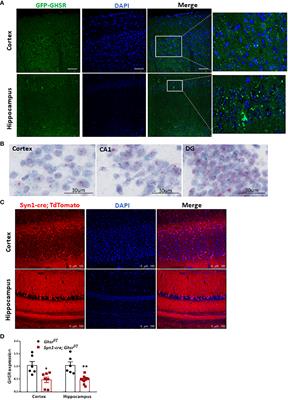
REVIEW
Published on 29 Aug 2023
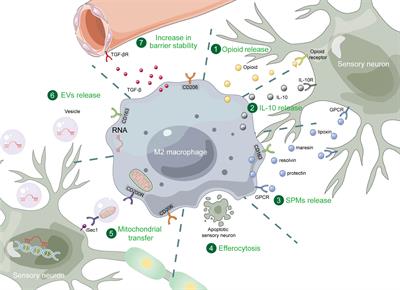
REVIEW
Published on 24 Aug 2023
